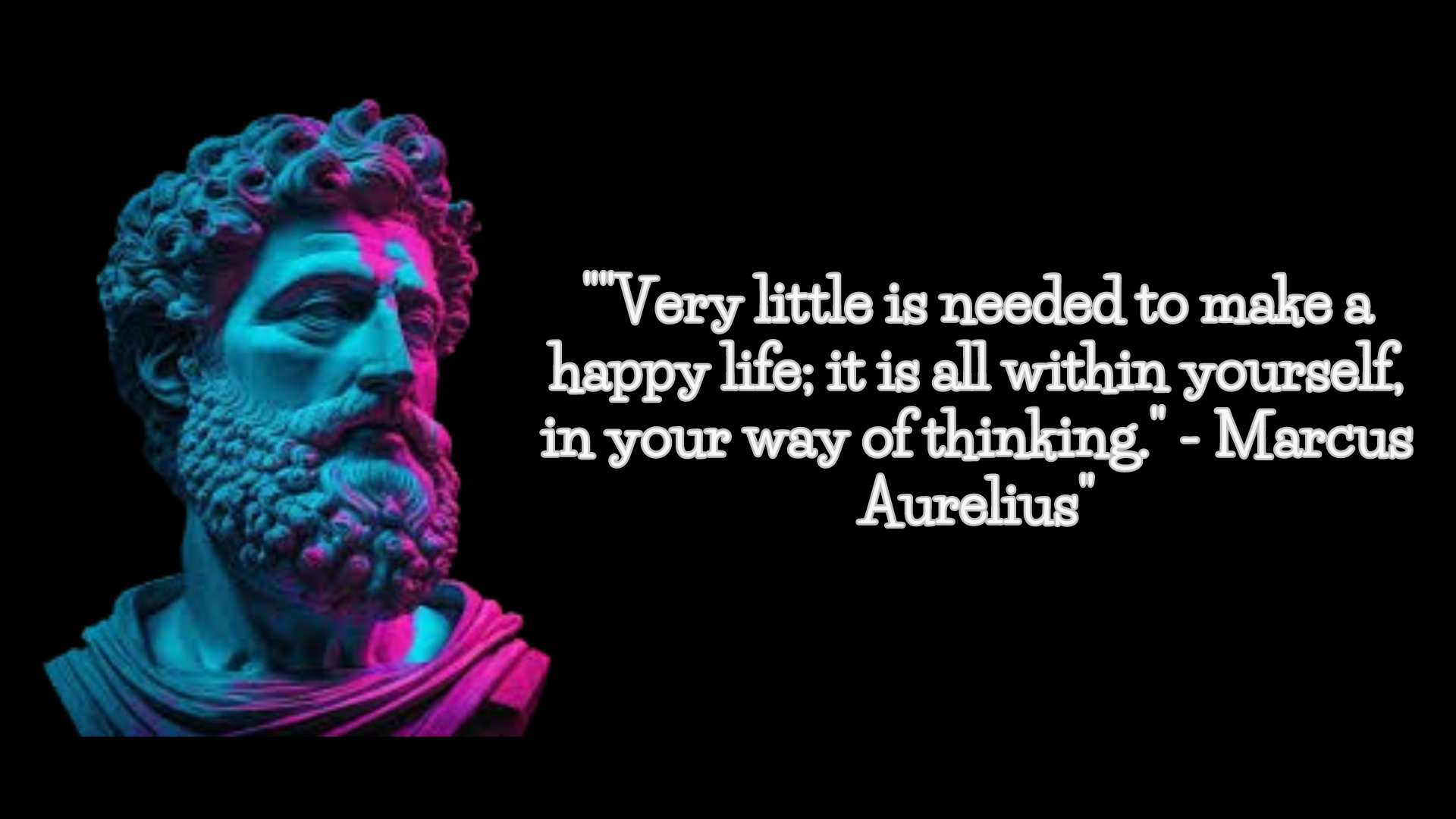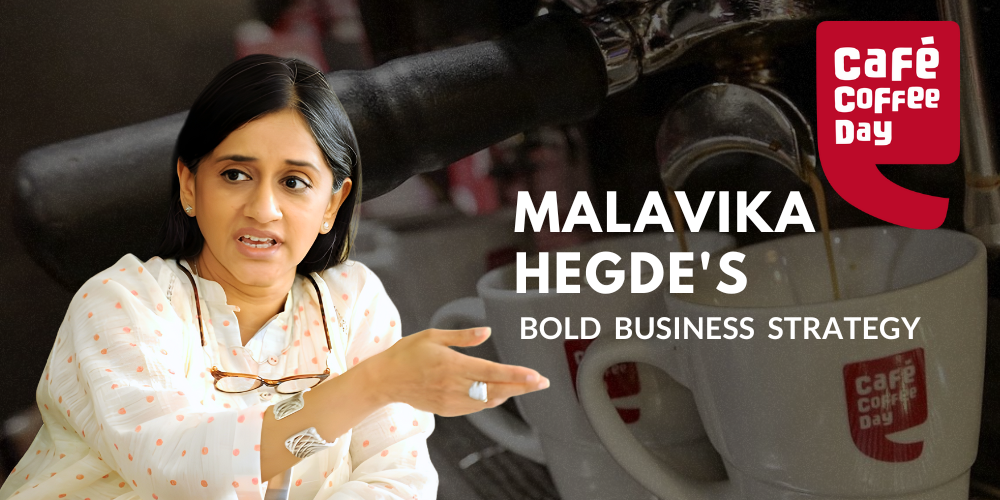How a company’s success hinges on its emotional enablement
How an organisation treats people, whether employees, suppliers or customers, plays an important role in its perception formation.

What makes emotional intelligence so important today at an organisational level? If getting the job done is all that matters, why invest so much time and energy in building and sustaining relationships with co-workers? How does it hurt if a few of these so-called ‘relationships’ get strained or broken along the way? A large part of the answer lies in the times that we live in – and the constantly evolving demands thereof. Human civilisation and expectations have seen a paradigm shift, especially when contrasted with the days of the Industrial Revolution.
With the Industrial Revolution came mass production, which required repetition and consistency. For example, a worker filling boxes had to do the same tasks over and over again through his long shift. Jobs and skills were narrowly defined, based on the division of labour. A key success factor in making this model work was to instill a sense of stringent discipline - the worker was supposed to do his job repeatedly without mistakes and also do it increasingly faster, to improve productivity. This necessitated a command-centre style of management, with the supervisor handing out instructions for battalions of factory workers to carry out to the letter.
Over time, these jobs got considerably more complicated. The process of manufacturing a steam engine was inherently more complicated than that of making a shoe. Many more processes and steps were involved – while these required unique skills, they were still quite narrowly defined and repeatable.
Today, more and more repeatable tasks are getting automated. Machines are replacing jobs that humans did earlier.
Interestingly, though, the jobs that will remain and the new positions that will be created require higher order thinking and creativity and a sophisticated blend of skills and behaviours. For instance, in the legal business, drafting contracts and filing forms will be increasingly done by machines. The lawyers who will stay in demand are those who can tackle more complex problems that software cannot - provide counselling, mediation and be able to emotionally argue their cases in the courtroom.
This explains why along with increasingly advanced technology, paradoxically, the search for human talent is at an all-time high. While there is a larger workforce at the disposal of organisations today, employers are complaining more and more about not finding the ‘right people’. Organisations need to be able to attract, train and retain its good people as they are not easily replaceable. And this is what makes the process of nurturing relationships in the workplace so important.

In the past, organisations had but one paramount goal – the maximisation of profit and shareholder value.
But in our present era, a company’s performance is guided just as much by the image it projects to its customers and the world at large. The key enablers making this shift possible have been social media and technology. Today, news travels almost real time across the world. If an oil spill happens anywhere or a major corporate is sued for fraudulent practices, we come to know of it almost instantaneously, wherever we are.
How an organisation treats people, whether employees, suppliers or customers, plays an important role in the perception forming about it. Does it have an employee-friendly culture? What inclusive measures does it take to ensure a greater participation of women? What’s the company’s track record of employing people from a less privileged background? What means does it take to make its operations environment-friendly? If the company’s values do not align with a customers’ own values, that by itself can end up hurting the company. In short, expectations from organisations around the world today are centred on this principle: that they be economically, ethically and socially sustainable.

Across industries and sectors, product life cycles are shrinking rapidly. There’s is a demand on companies to continually launch new products, while lowering prices on older models or versions, managing the inventory for the same and eventually phasing them out. Mobile phones are a case in point. Automobiles are another, wherein even premium brands are no exception. Mercedes Benz India, for example, had an ’15 in 15’ strategy, which saw them launching 15 models in 2015.
Innovation is thus critical for organizations today. It requires a fundamental change in the way many companies still think and do business. They cut across every facet of an organisation – not just in revamping systems and structures and policies, but bringing about a shift in behaviours and mindsets. For innovation to be truly successful, it needs to be everyone’s job, in the same way, that maintaining quality is the job of everybody in the team – not limited to just a few individuals in R&D, earmarked for ‘innovation initiatives’.
Some organisations have begun adopting a set of principles revolving around better understanding of customer needs, by building empathy with customers and then iterating with them to get a better product or application, in order to reduce time to market.
This approach, known as Design Thinking, is now gaining currency with enterprises worldwide. The starting point of innovation is not just imagination – but empathy. We think with our heads but buy with our hearts. Which is why the products with the most features don’t necessarily win over a market. Pure technical innovations that fail to create holistic, emotional experiences for consumers are not likely to be big hits.
Continuous and successful innovation implies a high emotional quotient in areas such as Conflict Management, Communication and Collaboration. It requires constructive conflict – to be able to allow intense debates and points of view, so that no new ideas are killed upfront, and yet not let the debates get personal. Innovative ideas and initiatives need to be enabled by high-quality communication and collaboration, requiring a mental shift away from competition.
(Disclaimer: The views and opinions expressed in this article are those of the author and do not necessarily reflect the views of YourStory.)











